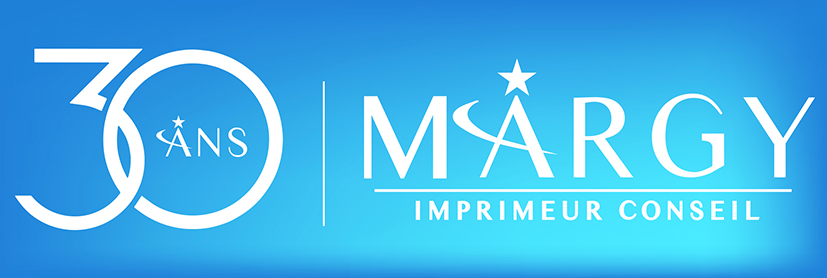The paper newspaper has a bright future ahead of it. In 2016, company publications are thriving, and are widely read by employees, who prefer them to any other means of communication.
A few years ago, they were thought to be dead, dethroned by intranets and social networks. Against all expectations, this is not the case. According to a Havas study, 95% of companies published a company newspaper in 2016.
The number of publications increases by 10% each year.
France Télécom has 130,000 copies of its magazine, while Engie has 170,000 copies of its quarterly publication. There isn’t a company that doesn’t have its own magazine. As the primary vehicle for internal communication, it not only conveys information directly related to the company, but is also increasingly used as a means for employees to express themselves. At France Telecom, staff of all qualifications no longer hesitate to suggest subjects for their Connect magazine.
In the age of Facebook and intranet communication, they are faithfully read and followed. 90% of their readership appreciate their readability and 82% find their content interesting, whereas the more disembodied distribution of information on the intranet does not work and 58% of companies relay this information via social networks.
At Havas, the corporate magazine market is growing by 10% a year, despite the cost of printing. An 8-page publication with a print run of 3,000 copies costs €11,000. After dying out a few years ago, the new-style corporate magazine is attracting more and more fans.
A new layout and fresh content are the hallmarks of this revival.
They owe their resurrection as much to their content as to their packaging! Company magazines have come a long way. Gone are the austere six sheets, with conventional layouts and boring content. Publishing professionals are finding that their managers have done a lot to dust off the genre and are now applying the recipes for success of the general press to these publications.
They are offering fewer and fewer long articles in favour of more personalised subjects. They play the proximity card and make more use of interviews or portraits to present articles. Less institutional discourse is being replaced by the use of “we” or ” I”. This can be seen as a direct influence of reality TV shows and news reports. This new approach to writing has led Orange Mag to publish 11 regional editions.
Publications ever closer to readers
All editorial departments are on the lookout for the “langue de bois”. Employees, like all readers of the press, are looking for reliable, verified information, avoiding the easy bias often attributed to company newspapers.
The figures in the study attest to the fact that, although they like their company newspaper, readers consider the information given on its pages to be unreliable. There is a real need to build trust, which requires objective processing of the information. On the other hand, while they appreciate interviews to illustrate a subject, only 47% approve of the space given to employees. There are limits to navel-gazing on the doorstep of society. Now that it’s all shiny and full-colour, the company newspaper must, as a matter of priority, deal with information in its sector of activity and be open to it.
Other article to consult in the field of publishing: Le cadrat d’or
 01 44 52 02 02
01 44 52 02 02
